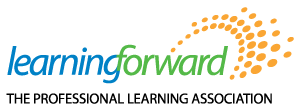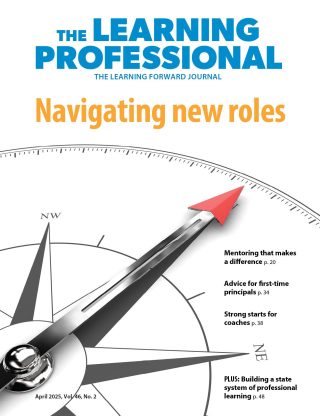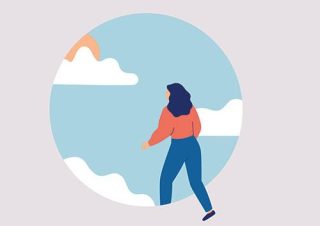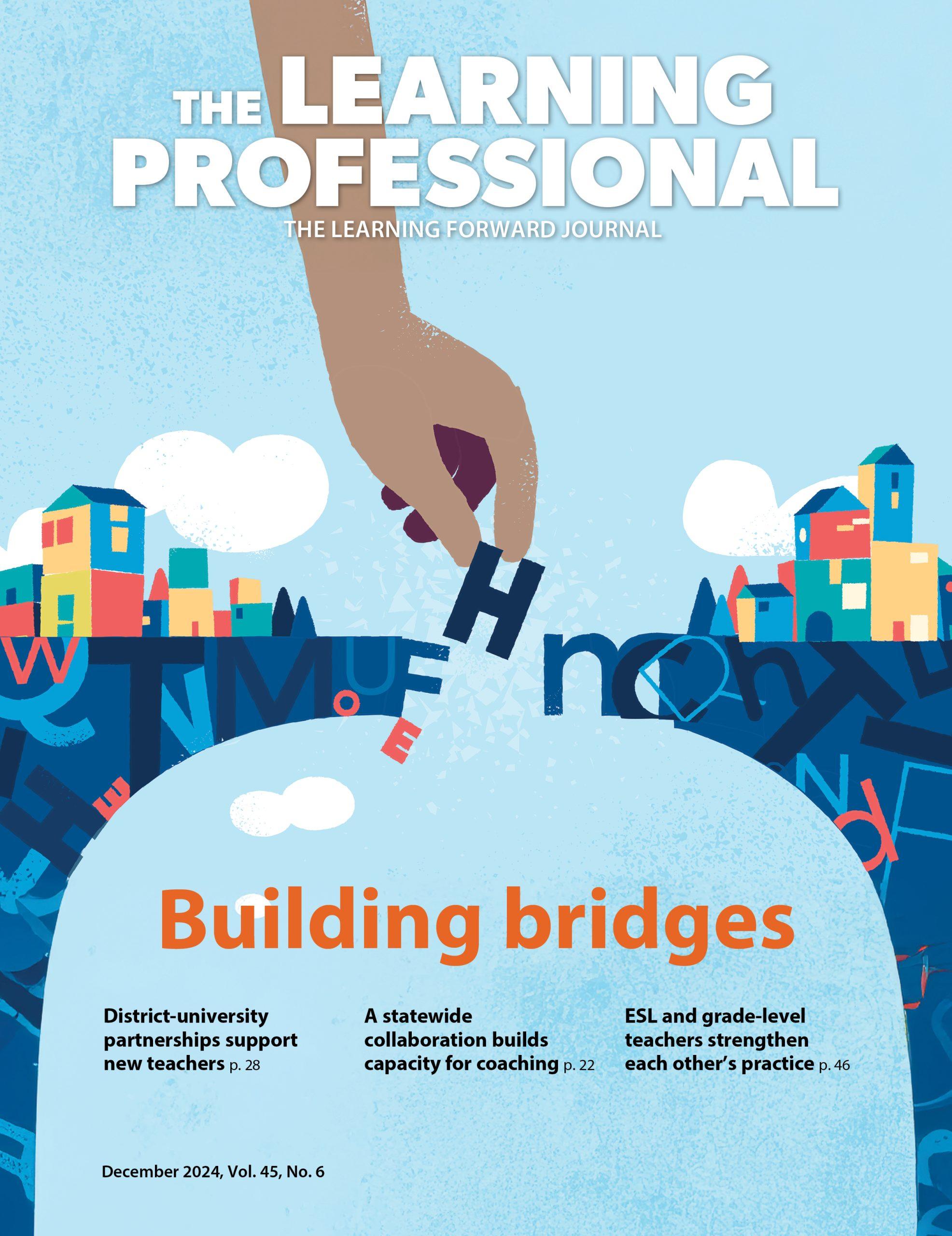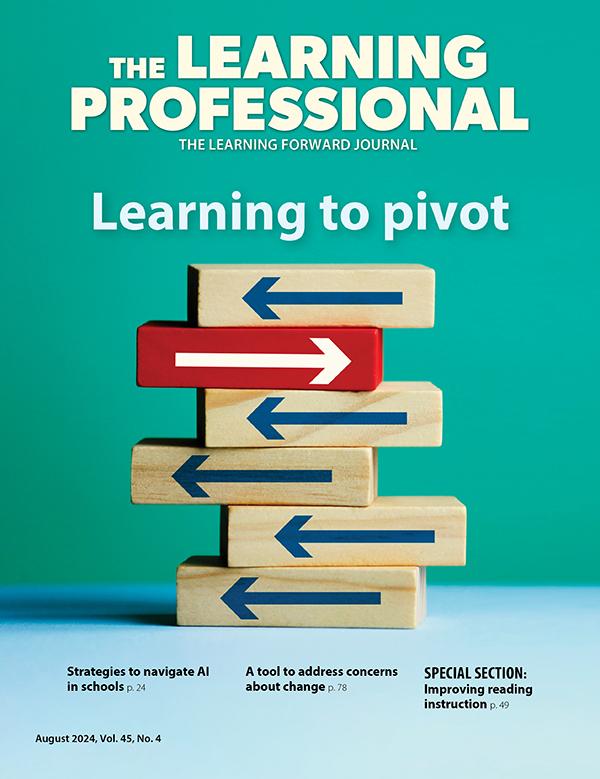Douglas Fisher (dfisher@sdsu.edu) is Chair of Educational Leadership at San Diego State University.
LEADERSHIP TEAMS
Strengths-based focus builds team collaboration
By Jody Spiro and Douglas Fisher
August 2024
The hallmark of an effective leadership team is members’ ability to collaborate with each other in planning and implementing the steps to achieve the team’s vision and objectives. When done well, this collaborative work facilitates the growth of each team member and a learning culture for the larger school community by tapping into the multiple perspectives present in the team.
Collective efficacy is a belief that the group has the power to achieve its goals and is fed on evidence of this fact. Collective efficacy depends on members gaining an understanding of others’ points of view, especially those that are different from our own, since most of us tend to solicit advice from people who think as we do. This article describes the characteristics of collective efficacy, the main elements needed to achieve it, and how to build on members’ strengths to do so.
Essential elements for building collective efficacy include: developing a climate of respect among team members; using everyone’s perspectives and experiences; having explicit ground rules that become part of the group’s culture; having specific and clear individual responsibilities; ongoing monitoring of the work; stating any nonnegotiables up front; and testing assumptions of what the group has agreed upon before taking action.
Each of these can be fostered or hindered, depending on the focus of the team. Teams that focus on weakness tend to have low expectations for what they can accomplish, whereas teams that focus on and leverage strengths tend to have high expectations.
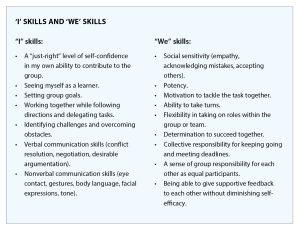
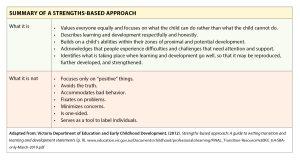
Focusing on strengths
Teachers and leaders often focus on deficits — “the perceived weaknesses of individuals or groups, such that the individuals or groups become viewed as ‘the problem’ ” (Artze-Vega & Delgado, 2019). Leaders talk about what the teachers are not doing and lament the ways in which teaching and learning occur. Teachers focus on what students can’t do and point to students’ past experiences and families as contributing factors.
This focus is counterproductive. When educators — as individuals or as teams — focus on deficits, they lower their expectations for students and each other. In contrast, when teams focus on strengths, they are more likely to increase their expectations and focus on productive ways to build on the strengths. The table above provides a general summary of a strengths-based approach.
A strengths-based approach to collaboration
How do teams take a strengths-based approach in their collaborative planning? How do teams avoid the trap of deficit thinking and instead build on the strengths of their members and school communities?
A strengths-based approach in collaborative planning focuses on identifying and leveraging the individual strengths and skills of team members to enhance overall team performance and achieve common goals. By recognizing and using the unique abilities of individuals, teams can create more innovative solutions, improve problem-solving capabilities, and increase their collective impact.
To be effective on a team, people need to focus on their individual contributions and perspectives as well as the ways in which they work with others — in other words, to focus on both “I” skills and “We” skills (Hattie et al., 2021), as shown in the box on p. 16.
Reflect on your team’s collaborative strengths
To build your team’s strengths-based collaborative planning capacity, invite members to self-assess their skills and identify their strengths. You can use the “I” skills and “We” skills listed here as a starting place. Team members may also want to identify areas for future learning and growth.
Team members can share their strengths and identify areas in which they need to grow or recruit others to compliment them. When people are transparent with their skills and the team relies on those skills to get work done, better decisions and improved impact are more likely.
It takes an effective team, collaborating and building on strengths, to ensure that a school or district is successful. Such a collaborative team is built on the members’ ability to see the whole team as more than the sum of its parts.
References
Artze-Vega, I. & Delgado, P.E. (2019). Supporting faculty in culturally responsive online teaching: Transcending challenges and seizing opportunities. In L. Kyei-Blankson, J. Blankson, & E. Ntuli (Eds.), Care and culturally responsive pedagogy in online settings (pp. 22-40). IGI Global.
Hattie, J., Fisher, D., Frey, N., & Clarke, S. (2021). Collective student efficacy: Developing independent and inter-dependent learners. Corwin.
Recent Issues
LEARNING DESIGNS
February 2025
How we learn influences what we learn. This issue shares essential...
BUILDING BRIDGES
December 2024
Students benefit when educators bridge the continuum of professional...
CURRICULUM-BASED PROFESSIONAL LEARNING
October 2024
High-quality curriculum requires skilled educators to put it into...
LEARNING TO PIVOT
August 2024
Sometimes new information and situations call for major change. This issue...
